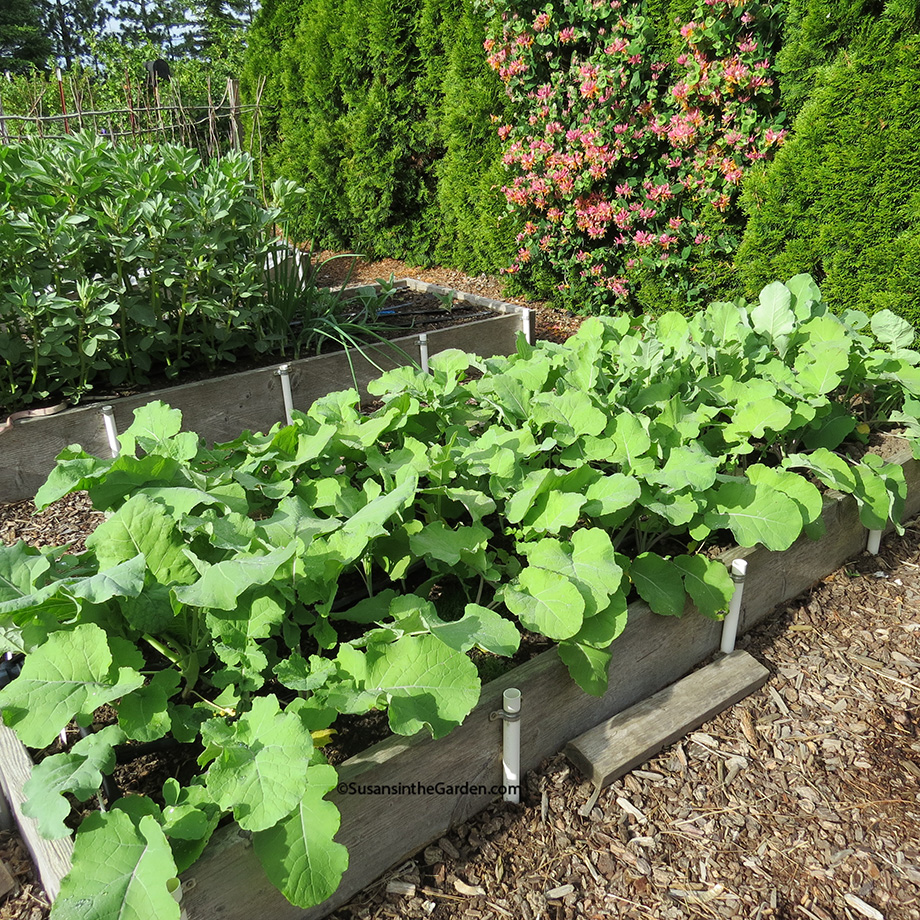How to Grow Rutabagas

How would you like to grow rutabagas? The attractive plants produce flavorful roots. Find the details below.
Latin Name: Brassica napus
Plant Family: Brassica (Brassicaceae)
Cool-season crop
Did You Know?
You might think of rutabagas as the root crop with a funny name. But they have a delicious flavor and keep well in storage over the winter months. Also known as a Swede or Swede turnip, they are a cross between a turnip and cabbage. Rutabagas originated in the Bohemian region of Europe (primarily the Czech Republic today) in the 17th century. In addition to being grown in vegetable gardens, it was also cultivated for use as livestock feed.
Plant Seeds or Seedlings? Direct-sow seeds in the garden.
When: In early to midsummer.
Days to Germination: 10 to 14 days
Depth to Sow: 1/2 inch
Spacing: Sow seeds 2 inches apart, later thinning the seedlings to 6-inch spacing.
Days to Maturity: 85
Cultural Information:
To grow rutabagas, prepare the seedbed and plant seeds; water in well. If aphids or cabbage worms are a problem in your area, immediately cover the bed with floating row cover or agricultural insect netting to create a physical barrier over the plants. It can be left on the bed for the entire season since the plants don’t require pollination. Row cover and netting can also help keep away the adult form of root maggots.
Remember to thin the seedlings apart once they reach about 3 inches in height, to allow space for good bulb development. Six to 8 inches is ideal. Plants benefit from regular watering. Be careful when weeding to avoid disturbing the rutabaga roots.
Susan’s Picks: ‘Helenor’, ‘Joan’, ‘Laurentian’
Potential Insect Problems: aphids, cabbage worms, slugs, pillbugs, cabbage root maggots
When to Harvest:
Rutabagas are typically harvested in the fall, especially following a couple of frosts which enhance their flavor. Remember to harvest them before the ground freezes solid!
How to Cook & Preserve:
Roast them in the oven, steam them or mash them. To store rutabagas, trim the foliage back to 2 inches. Place in a bin of moistened straw that is located in a cool, dark location. You could also use the vegetable drawer of your refrigerator for this. You can also freeze them for later use by blanching them. Start by peeling and chopping them, boil for 3 minutes and plunge into ice-cold water to cool and stop the cooking action. Drain and pack into freezer bags.
My Videos About Growing Rutabagas:
- How to Plant Cool Season Crops
- Organic Insect Control: Aphids, Cabbage Worms & Leafminers
- Organic Insect Control: Flea Beetles, Hornworms, Slugs & Snails
Back to Vegetable Grow Guide Chart
Copyright: Susan Mulvihill, Susan’s in the Garden, SusansintheGarden.com.

